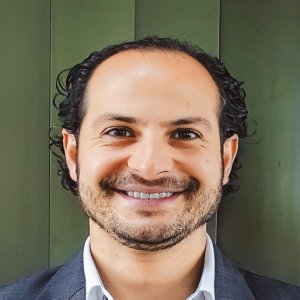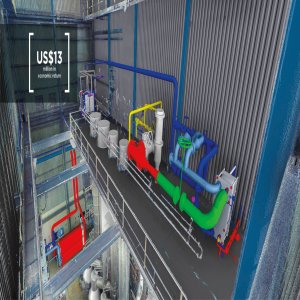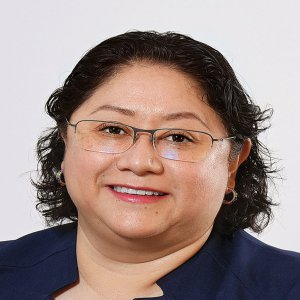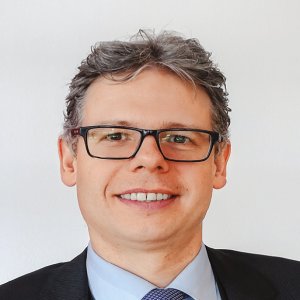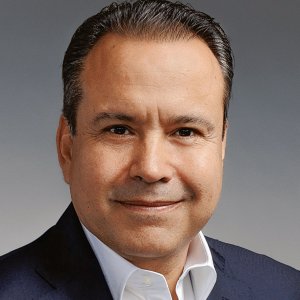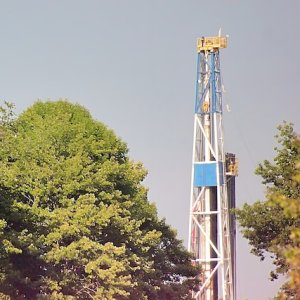Doubling Capacity, One Project at a Time

STORY INLINE POST
Q: How is Cubico’s goal of doubling its size in the next three to five years reflected in its Mexico operations?
A: Cubico’s global strategy is to double the size of its portfolio in the next three to five years and we are adjusting our business plan accordingly. Today, our global portfolio has a total installed capacity of 2.3GW, of which 1.4GW are operational. In Mexico, we have 600MW in an advanced stage of construction: our 350MW Solemsolar PV plant in Aguascalientes that will become operational in Q1 2019, and our El Mezquite 250MW wind farm in Nuevo Leon that is expected to be operational in Q2 2019. To ensure a smooth transition from construction to operation, the company has expanded its working team considerably and is hiring more talent to manage both projects.
Q: What main challenges have hindered the development of Cubico’s projects?
A: The main challenges and risks regarding the development of energy projects in this country relate to grid access in terms of interconnection availability between wind or solar production sites and the main grid. I believe significant steps have been taken to strengthen the national electricity network to provide room for more interconnection projects, but there still is plenty of catching up to do.
The second challenge I can identify is related to land. Securing rights of way varies greatly depending on the region. The northern and southern regions of the country have different realities. In the north, there are large extensions of private property that significantly simplify the negotiation of rights of way. In the south, however, land ownership is extremely fragmented and in many cases land owners are organized and ruled by ejidos, which in turn are scattered across many small municipalities with different governing rules.
At our 250MW project in Nuevo Leon, we signed leases with two private owners, whereas in Oaxaca, for a project of almost the same size, we had to negotiate more than 450 land lease agreements. These complications can delay and even stop the development of projects because when a company arrives to a location it must undertake several processes, such as the validation of the property title, registration with the National Agrarian Registry and dealing with social and indigenous community consultations, among many other elements that complicate and delay the development of a project. Maintaining a good relationship with local communities is an absolute priority for Cubico, and therefore, it retains the best advisers and third-party services that have the deep local knowledge necessary to ensure these factors progress smoothly throughout the development process of our projects.
Q: How does Cubico manage merchant risk?
A: Contracts awarded in the long-term electricity auctions entail significant merchant risk given that the volume of energy, capacity and CELs contractually committed is below the total expected production according to a P50 analysis, in order to mitigate delivery risk. The difference between the P50 and the contracted volume must be sold in the Wholesale Electricity Market from Day One. At our solar park, only 83 percent is contracted with CFE via a PPA and the rest goes to the WEM. The merchant risk implies revenue volatility, distribution to shareholders and creditor income.
In the case of our wind project, 93 percent is under contract and the rest goes to the WEM. The contract from the auction is only for 15 years for energy and capacity, while the expected life of the project can be up to 30 years. All the power generated after the PPA finishes is also exposed to market volatility risk and we must therefore forecast long-term market prices. In Mexico, the scenario is complex because it is a nascent market that is still illiquid and immature. The balance between contracted and merchant cash flows from the underlying PPAs awarded in the auctions should improve in order to offer investors a more attractive risk-return profile.
